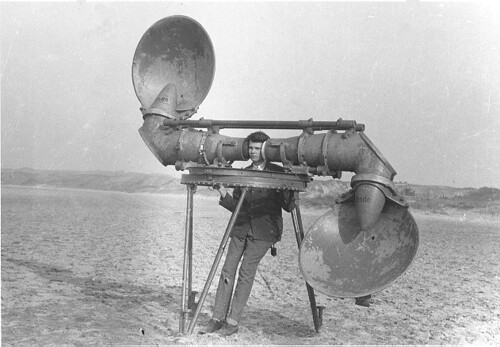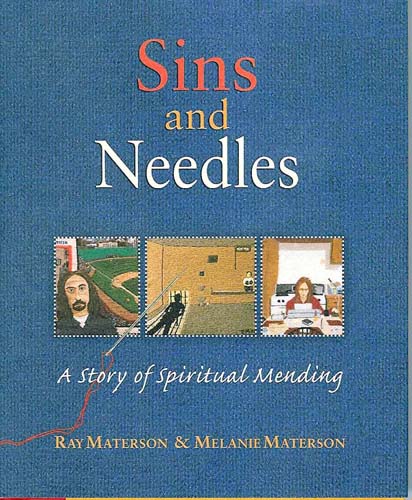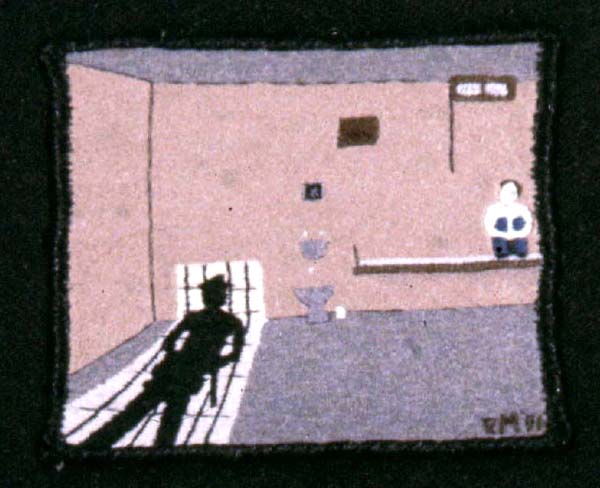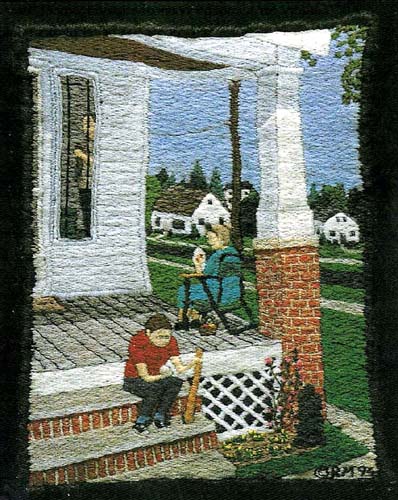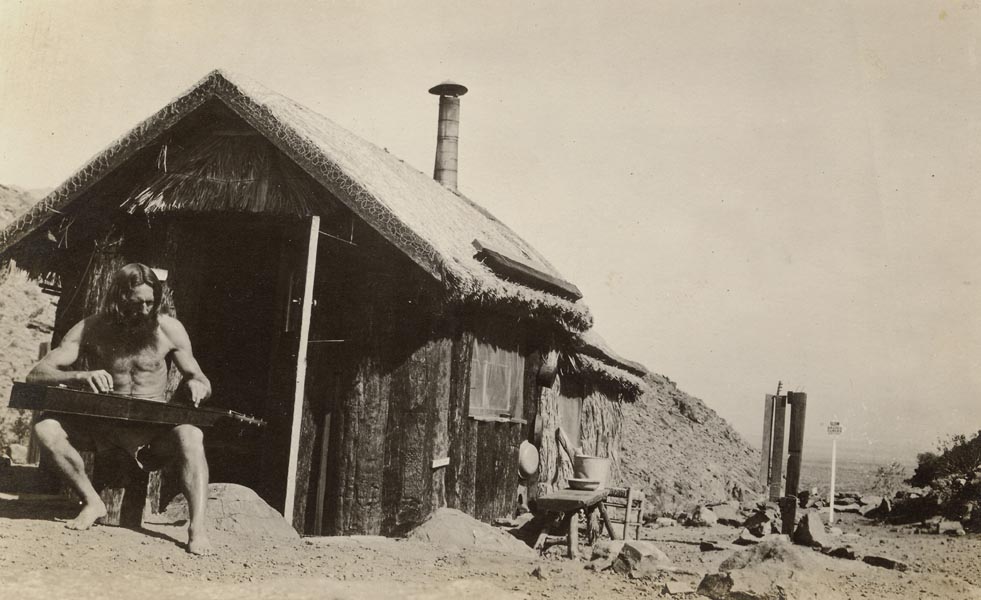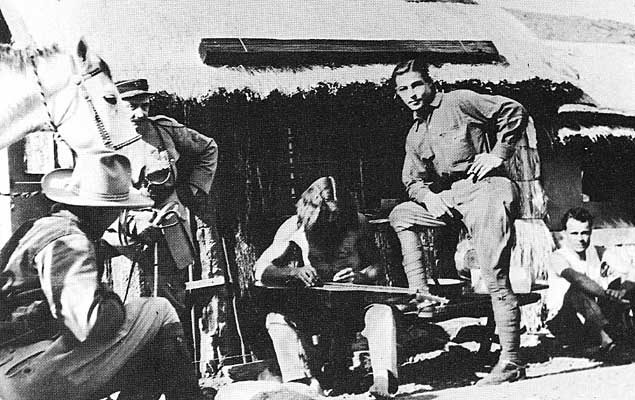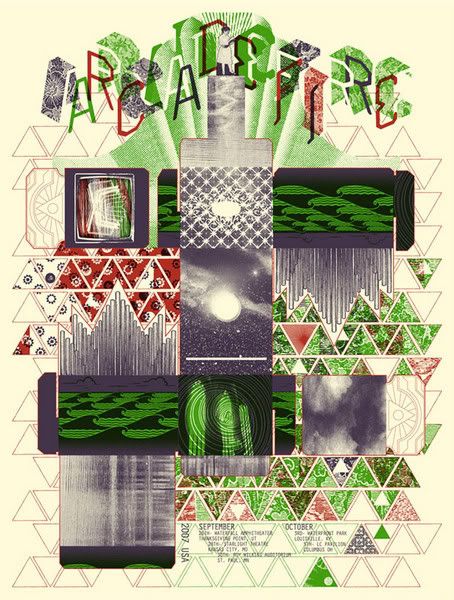He was born with three legs, two sets of genitals and one rudimentary foot growing from the knee of his third leg. So, in total, he had three legs, four feet, sixteen toes, and two sets of functioning male genitals, which were all that existed of a conjoined twin and jutted from the right side of his body. The doctors determined that since his twin was connected to his spine, removal could have resulted in paralysis. When his parents refused to acknowledge him, his aunt raised him but eventually handed him over to a home for disabled children. As a child Lentini had hated his extra body parts until he spent time at the home. There, he met children who were deaf, blind, and mute.
At the age of nine, Lentini moved to the U.S. and entered the sideshow business as The Great Lentini, joining the Ringling Brothers circus act. Later he toured with Barnum and Bailey and Buffalo Bill's Wild West Show. He gained US citizenship at the age of 30.
In his youth, Lentini used his extraordinary third leg to kick a soccer ball across the stage, hence his show name, the Three-Legged Football Player. While his extra leg was several inches shorter than the others, his primary legs were also two different lengths. He was heard to complain that even with three legs, he still didn't have a pair.
